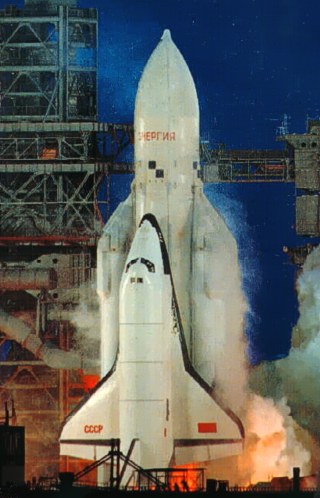Energia – Facts About The Soviet Super Heavy-lift Rocket
The Soviet Shuttle Carrier
The Energia Rocket was a huge Soviet-era launch vehicle designed to lift heavy payloads (into Earth orbit) such as the Buran spacecraft - the equivalent of the United States Shuttle Orbiters. The Energia would only launch two times before the program was cancelled.

Read More About The Huge Soviet Shuttle Rocket
- The Energia/Buran system started in the mid-1970’s after the unsuccessful Soviet Lunar program was cancelled and was intended to be the equivalent of the US Space Shuttle program.
- The Energia rocket design was quite different from the Space Shuttle as it utilized 4 liquid-fueled strap-on boosters and a central core fueled by liquid hydrogen/LOX.
- The rocket was designed to carry either the (strapped on) Buran or a heavy payload of up to 100 tonnes into low Earth orbit!
Launch History
- The first flight of the Energia rocket was launched in May 1987, with a payload that was intended to reach a 280 km (170 mi) orbit, but the upper stage failed to inject the satellite into its final orbit burning up over the Pacific Ocean. However, the Energia launcher functioned as designed.
- The second launch on 15th November 1988 successfully put the unmanned Soviet orbiter ‘Buran’ into orbit (over 7 years after the American Shuttle Columbia’s first flight).
- Despite there being further planned launches, the production of Energia rockets was ended due to the cancellation of the Buran program following the fall of the Soviet Union in 1991.
Legacy And Future
Several parts of the launch system went into service with other projects such as the RD-170 family of rocket engines which is the most powerful liquid-fuelled engine in the world! The RD-180 engine is even used by the American Atlas V rocket! Also, the Energia strap-on boosters are still in use to this day, but as a stand-alone rocket launcher of small satellites known as the Zenit rocket. There are potential plans to build a new Russian heavy-lift rocket based on the Energia design to allow Russia’s space agency to launch missions to the Moon and potentially establish a Moonbase!




